Ah, fall, the time of year when “rosé aficionados” are concerned with the fading of summer water from the shelves of their local watering hole. But have no fear, I have a festive alternative for you that will turn any fall party into an autumn bash.
Cider, no I’m not talking about the golden sparkling juice you cheered over at 10:05 pm (at the kid’s table) on December 31st. I am also not talking about the canned elixir that high schoolers and college freshmen alike drink as an alternative to PBR or Natty Light.
The process of making cider is similar to wine (but simpler). The apples used are not the apples you buy at the grocery store or eat every day. Instead, cider apples are used. These apples are small, extremely sour, and tart and are perfect for fermenting. Cider makers take the sharp and tangy juice from the cider apples – and any juice from other fruits they want to include for some pizazz – then fermentation happens.
I am talking about a sophisticated, class and sass in a wine glass (or a pint) kind of cider. Despite whatever predetermined notion you have of cider, I am here to clear a few things up. The kind of wine drinker you are will greatly affect the kind of cider you enjoy. From funky to traditional, there are many, many options. Cider is the new kid on the block this autumn and everyone wants a taste.
Funky Cider
Drink these if you love weird super natural, biodynamic pét-nat type of wines.
If you like to take long walks on the wild side and look ridiculousness in the face, then I have the drink for you! This type originates in the Basque region at the tippy top of Spain. The area is known for its high acid beauty Txakolina, and also for the high pour that some do with those wines. Although some use this technique as a party trick, there actually is a reason why it is done. The high pour is used to break down the small carbon bubbles that are inside the bottle. This type of cider is usually very inexpensive, ranging from 8-12 bucks and in many ways can be viewed as similar to beer. Try Isastegi Sagardo Basque Cider to transport you on a Spanish vacation in just one sip.
The Classy Cider
Drink this if you like Chardonnay or classic California Cabs.
It is elegant, preppy and can at times be expensive. These sparklers usually come from Normandy, France, but also can come from Switzerland – though these may be harder to find. Delicate and low alcohol, they would be great for brunch. These bottles are clad with refined soft bubbles that will make your mouth feel like it is full of fluffy clouds. Try a Poiré, Cidrerie du Vulcain, J. Perritaz (2014) to have a posh cider experience.
Rustic Cider
Drink these if you like to explore old-school Georgian orange wines.
These ciders are unfiltered and naturally oh so beautiful. They are produced in a way similar to what our founding fathers drank (or maybe rapped about… I’m looking at you, Hamilton). These can be a little different and out there but are worth the try. They are authentic and extremely ‘back to your roots.’ A good bottle to try is the Millstone Cellars ‘Hopvine.’
The Festive Cider
Drink these if you’re into the changing of the seasons.
These ciders only come out in the fall and are perfect for people who love to celebrate the changing of the seasons. Pumpkin apple cider is similar to pumpkin ale. It is bone dry, yeasty but with the zip of acid that cider apples give. There are also ginger ciders as well as cinnamon apple pie ciders. A perfect fall cider to try is Left Foot Charley, Cinnamon Girl Cider.
As you can see, cider is an awesome way to keep your festivities going while also getting your drink on. Whether you like super weird stuff or are into the classics, there is a cider for you. SO, pull out your skeleton lights and get ready to carve some pumpkins because the festivities are only just beginning.

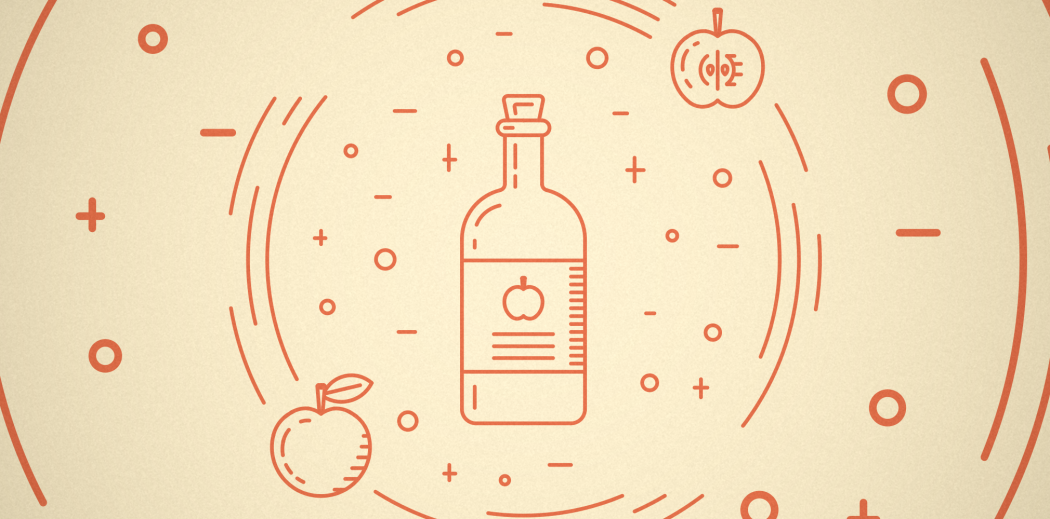


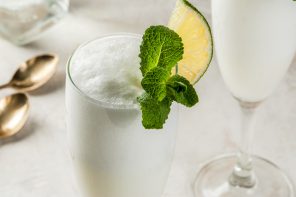

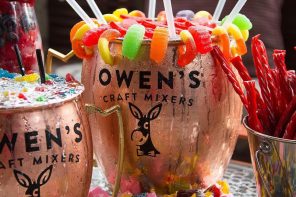
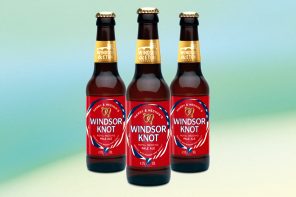
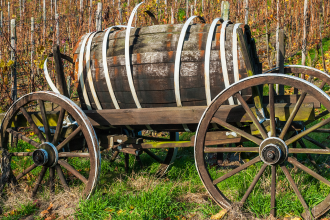
The ciders from Spain, and the basque ciders, AKA ‘SIDRAS” are finally being imported into the United States. Years ago, all we got was the label El Gaitero, with a bagpiper on the label, Gaita is bagpipe in Spanish. This cider comes in a champagne bottle with a cork like champagne. It’s nice, but reminds me of sparkling non-alcoholic cider. But now there are several fantastic ciders from Asturias, the cider producing area of northern Spain, in fact this province is directly north of Portugal. Labels to look for: La Pipa, Zarracina, and a couple from the Basque area. These ciders are bottled in 22 oz. beer type bottles but with strong corks. They are relatively low in alcohol, about 5 – 6% and are slightly cloudy. This is the remnant of the natural yeasts that fermented the cider and this is what you might call, ‘bottle conditioned’ cider. At un SIDRAL, a cider bar, and these are in every city and village in Asturias, they pour the cider from above the head and hold the glass down low and this is to give the cider a bit of air to bring out the flavors of it. Sidrals are sort of like tapas bars, they serve ‘sidra’ and foods local to the area. I purchase these Spanish ciders and have usually a case in my wine collection and during the latte summer and early fall, a bottle of this cider and some chorizo take me back to Spain. Buen Provecho!